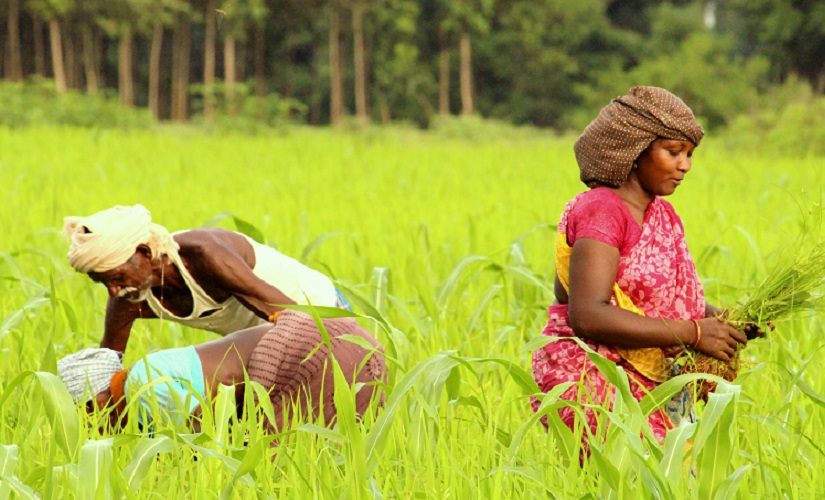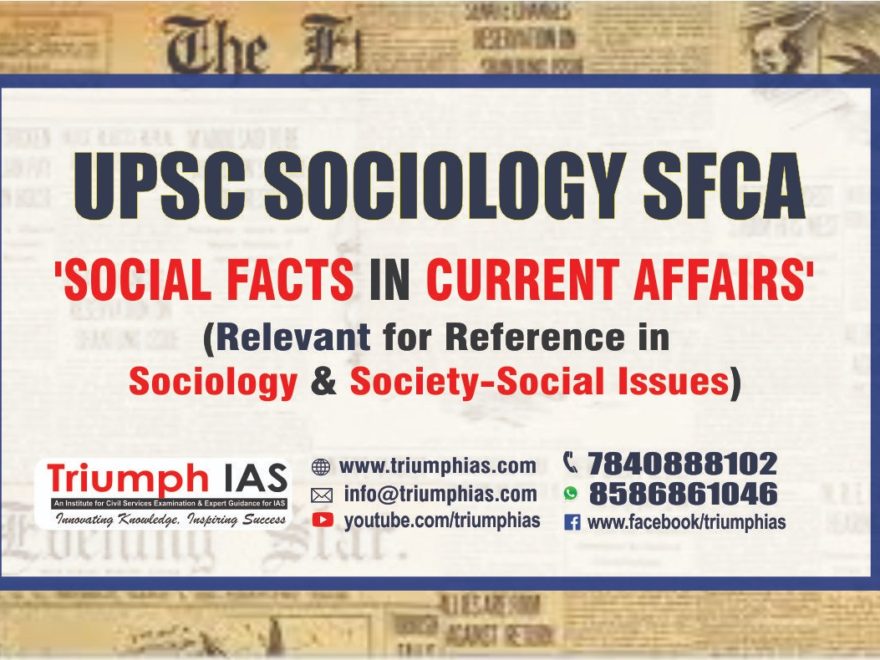-
The introduction of money in adivasi society distorted its worldview and ecosystem
-
Due to discourse created by a non-tribal worldview, the concept of materialism was introduced into adivasi society
-
The State should take special effort to understand the realities and perspectives of adivasis

Change is inevitable. Most of the time change is not in an individual’s or community’s hand. However, there are some changes that can be controlled by an individual or community. A community’s belief system has some control on how its habitat is designed.
The worldview of a particular community/individual manifests in their ecosystem or habitat. Historically, it has been witnessed that one belief system overpowers another belief system. This leads to a major change in the belief system, worldview ecosystem and habitat of the overpowered community.
In recent centuries, especially after British colonisation, the adivasi worldview has been in constant and dynamic flux. One can debate wether this is a boon or curse to adivasi society. I would take a stand that this change was/is not less than a curse. The catalyst to this change could be the post-Independence era which was flooded with schemes, rules, regulations and provisions which might not go hand in hand with the adivasi worldview.
There is a general perception among a wider audience that the tribal/ adivasi community is the most marginalised community. The adivasi community might not be the most marginalised, but it is certainly the most misunderstood.
The cause of unrest and havoc in adivasi terrain is due to widespread misunderstanding of adivasi reality. Colonial anthropologists in their study termed adivasis as primitive, barbaric, savage and uncivilised.
This is the base where the story of misunderstanding begins. Further, this misunderstanding leads to cultural, social and economic havoc amidst adivasi society.
Post Independence, according to the makers of the modern India, adivasi areas were the most backward part of the nation. According to them, proper planning was needed to develop these areas.
In the first five-year plan, several projects were initiated in adivasi areas for the cause of tribal development. Odisha’s Sundargarh district was one such district. In 1955, Rourkela Steel Plant was set up with German help as one of the major projects in the district.
Similarly, Odisha Cement Limited was established in Rajgangpur between 1949 and 1950. These projects led to massive deforestation, displacement, land alienation, mental unrest, insecurity and resulted in a massive ecological disturbance.
Adivasis documented their stories via songs and narratives. One of the songs in khaldiya goes like this:
Hey nare dongadah
Haire donga daah
Donga daah halkaiga delta
Donga daah halkaiga delta
Hare donga daah Haire donga daah re
Donga daah halkai ga delta re
Donga daah halkai ga delta
Anichona ning dheero dheerom
Kondeng aa daru ya donga
Kondenga aa thewa dang
Jhora bete lere donga chalaite
Anichoa ning dheerom dheerom.
O beautiful boat floating on the water
O floating boat
The river slowly pushes the boat further
The river slowly pushes the boat further
Let’s go slowly and steadily
The boat made of bamboo wood
The paddle made of bamboo wood
O dear sailor boy steadily move the boat ahead
Let’s go slowly and steadily
This song was composed when the dam in the river ‘Sankh’ was built to meet the needs of water for the Rourkela Steel Plant. Lot of villages drowned under the dam waters. The Khadiya had to gather their belongings and travel to a better place via boats.
The Khadiya are believed to not revolt or protest. Whenever attacked by non-Khadiya, they migrated to a better place rather than fight back. A similar situation is seen in this process of modernisation as the Khadiya were adversely affected and moved on.
It was not understandable why projects which led to massive devastation of natives were introduced. The Rourkela Steel Plant displaced 32 villages, including 2,975 families and used 19,722.69 acres of land.
Similarly, the Odisha Cement Limited, which has its mines in Lanjiberna, has displaced 2,476 people (Nilamadhab 2008) and thus dismantled traditional livelihoods.
A path of development was shown to adivasis with the tagline of modern education, jobs in industries, modern agricultural techniques, HYV seeds, pucca houses, religion, modern health systems and more.
This idea of development was built keeping aside the perspective of what the adivasis think of their development and well-being. Talking in the perspective of adivasi well-being and worldview, the adivasis had their own knowledge system to understand the weather, to know the changes of seasons, agriculture, music, health and handle crises.
There was no concept of a job. Most were harmoniously engaged in agriculture. In modern parlance, they were self-employed. Simple agriculture techniques which would not destroy resources around them. Simple seeds with organic manure would lead to appropriate amount of grain for the family.
They had their own belief system, creation myth, after life, notions of ethics and morality, how to maintain harmony with nature and celebrate festivals. The knowledge of herbal medicines would help them fight minor and major disease.
All these notions were distorted at the onset of industrialisation, which was a manifestation of a worldview which isn’t adivasi. Odisha has a high number of tribal communities. According to the 2011 census, there are about 62 tribes in Odisha. A land of multiple perspectives on life and development.
All other perspectives were never understood and a singular notion of the idea of development was monopolised. If seen critically, this perspective on development was more capitalist oriented. Education was imparted in schools and colleges where tribals were pushed to learn the ways, methods and the knowledge system which would push them into the layers of the capitalistic mode of economy.
Most students are being oriented to pursue engineering, medicine, and other jobs which would never directly benefit their villages. Ironically, after their education, students will depend on the very industry that destroyed their village and ecosystem.
Making the indigenous health system obsolete, medical students will create an alternative health system whose base is absolutely dependent on capital generation.
Adivasi society was never a materialistic society, as evidenced by the narratives and songs of the community:
Koley lekhe aaokim re jiyom
Lohka ya pinjira te lisoy losoy Bulina lakim re jiyom
Aleysere jiyom goinaya dino damna tere re
Ayo abba te Bhaya bahin te Jhadi lebu tega melai tuyem re jiyom.
Aleysere jiyom goinaya dino damna tere re
orej merom te hoh no dura te
dhun sampati te melai tuyem re jiyom.
Like a parrot you are, Oh life,
Moving in the cage of this clay Of Life you are.
Wait, Oh life When the day of death will come
Leaving behind parents And all the people you will depart, Oh life.
Wait, oh life When the day of death will come
You will leave behind your all cattle and go.
This song draws a similarity between a parrot’s life in a cage and the life of human. Here, the cage of clay for humans refers to the human body. We thus understand that the Khadiya are mostly concerned about humanistic values such as love and care which can be retained for longer rather than focusing on materialistic desires which can be destroyed at any time.
This song helps to understand the worldview of Khadiya community and how it perceives life. They believe the body is temporary and hence bodily needs are secondary. This song personifies life and tells it to wait until the day of death where it can ponder over the richness of life collected.
Due to discourse created by a non-tribal worldview, the concept of materialism was introduced into adivasi society. All the basic necessities of the life became more oriented towards capital.
By the influence of this external worldview the concept of need and want saw distortion. People started to focus on surplus agricultural product so as to earn money which may cater to other wants which are portrayed as needs by the non-adivasi worldview.
To maximise the surplus, people started using chemical fertilisers which in the long run reduced the fertility of land. Complicated food habits were introduced which were regarded as superior in nature and this needed more money.
Money could only be earned by working under some person or in an industry. Due to shortage of money to fulfil these wants, people migrated to metros where they struggled to earn a livelihood and a dignified life. The idea of simple and eco-friendly homes was distorted into the idea of modern pucca house which needed cement, iron and other materials which would involve displacement of communities to extract said raw materials.
The free health system was replaced by monetised health system which is mostly unknown to the adivasi community or mostly unaffordable.
In recent decades, we’ve seen industries spring up in Odisha. Recent policies — like Make In Odisha — opened the floodgates for national and international investors to set up their industries and businesses.
Concepts such as land banks, high tech survey created problems for tribals. The struggle of the Dongria Kondh in the Niyamgiri hills needs no introduction.
In October 2004, the Orissa government signed an agreement with Vedanta Alumina, a subsidiary of Sterlite Industries (India) (SIIL) to mine bauxite deposits from the Niyamgiri hills jointly with the Orissa Mining Corporation (OMC).
This was done ignoring environmental repercussions for the natives. This project was entered into without understanding how it would affect the livelihood, belief system and existence of the people. Just one example of the activities of a multinational creating unrest due to its industrial activities is POSCO, a South Korean steel-making company headquartered in Pohang.
Thus, we see how the misunderstanding of adivasi worldview can lead to devastating consequences. This phenomenon is not new but has been happening since ages. In the Indian context, the State should take special effort to understand the realities and perspectives of tribals. The situation in Odisha is abysmal precisely because no such effort has been made.

